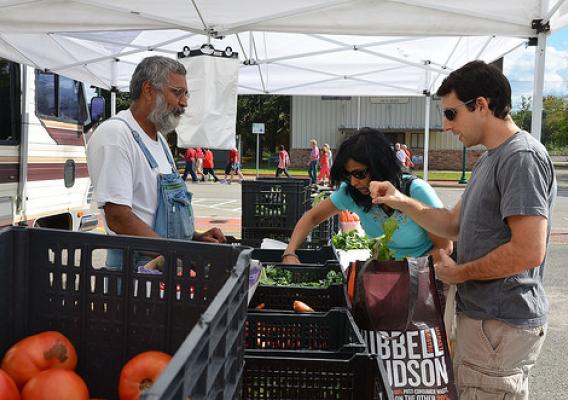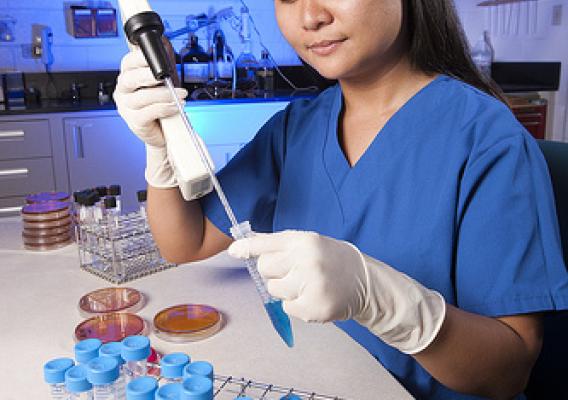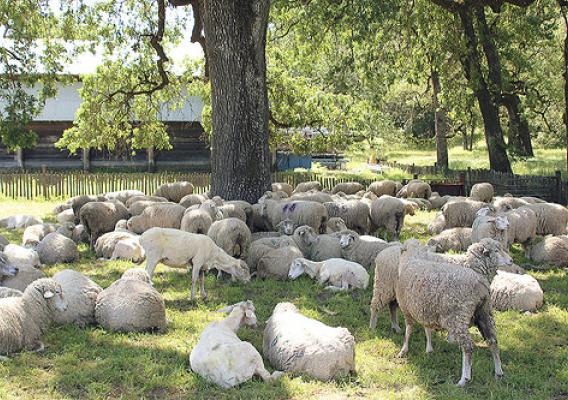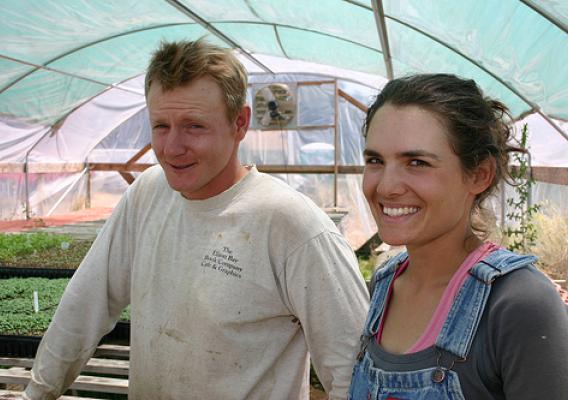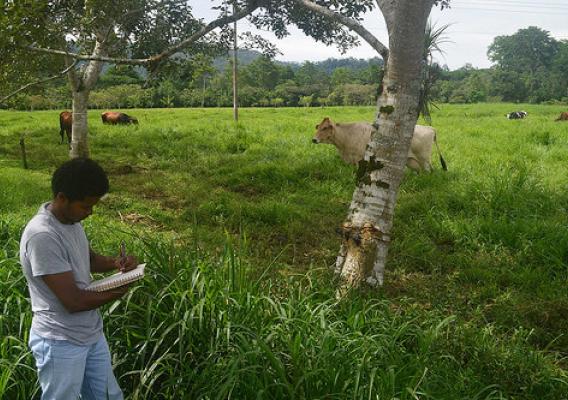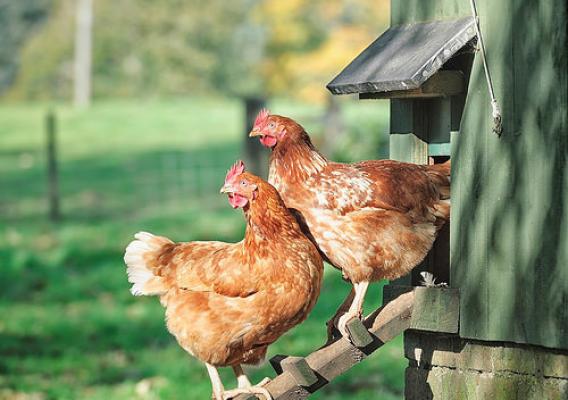International trade is a key factor in the economic and financial stability of many countries. Trade restrictions resulting from an animal disease outbreak can have devastating economic effects. With this in mind, USDA’s Animal and Plant Health Inspection Service signed three international agreements on this very topic last month at a meeting of the World Organization for Animal Health (OIE) in Paris, France. These agreements will make it easier to maintain safe and fair trade of animals and animal products if an animal disease outbreak occurs. They emphasize the cooperation and understanding of the countries involved to promote shared knowledge, data and resources, which can be crucial during an animal health event.
The three arrangements, signed by the United States, relate to the International Animal Health Emergency Reserve (also signed by Australia, Canada, Ireland, New Zealand, and the United Kingdom), the Sharing of Vaccines for Foot and Mouth Disease (Australia, Canada, Mexico, and New Zealand), and Supporting the Recognition of Zoning for Foreign Animal Disease Outbreaks (Australia, Canada, and New Zealand).

